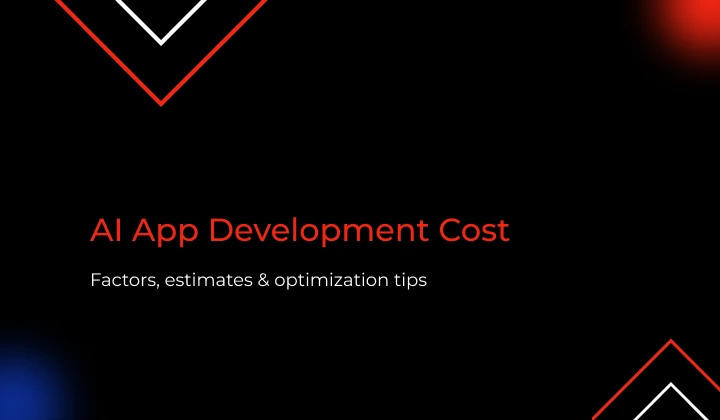Artificial Intelligence (AI) is everywhere these days, from smart chatbots that respond to customer service queries to AI tools creating stunning digital art.
But if you’ve dipped your toes into the AI world, you’ve probably come across two terms that can seem confusing: LLM (Large Language Models) and Generative AI.
While they both sound like buzzwords, there’s more to them.
Let’s break it down.




 20 mins
20 mins











 Talk to Our
Consultants
Talk to Our
Consultants Chat with
Our Experts
Chat with
Our Experts Write us
an Email
Write us
an Email







